
With the possible exception of Gen. George S. Patton, no American who rose to prominence during the Second World War could compete with Gen. Douglas MacArthur when it came to either influence or controversy. A titanic personality who was keenly aware of the power of the image to help craft a narrative about a battle, a campaign or a hugely symbolic moment, MacArthur had a prickly relationship with the press.
The story, meanwhile, behind what is arguably the single most famous picture of the general, and certainly one of the most recognizable pictures to emerge from WWII, ably illustrates the Arkansas native’s grasp of a photograph’s ability to lionize—or demonize—a public figure.
The picture in question, made by LIFE’s Carl Mydans on Jan. 9, 1945, shows MacArthur striding ashore onto “Blue Beach,” Dagupan, on the island of Luzon, Lingayen Gulf, in the Philippines. That Mydans’ photograph does not capture the return to the Philippines—the return that MacArthur promised in his single most famous utterance—hardly detracts from its significance. In fact, even more so than the pictures of MacArthur at Leyte in October 1944, when the general first returned to the Philippines after escaping from Corregidor two years before, Mydans’ photograph of the general and his comrades in the surf at Luzon seems to capture and perfectly distill something elemental about MacArthur’s magnetism and his larger-than-life persona.
Years later, in a 1992 interview with John Loengard, Mydans remembered making that picture, and other photos both onboard the USS Boise and at Luzon after the landing, as if it had all happened just days before.
Quoted in Loengard’s book, LIFE Photographers: What They Saw (Bulfinch, 1998), Mydans recalls how he came to be with MacArthur on the ship before the landing, and on the shore in time to capture the general walking through the waves to the beach:
I was in France when I got a coded message from my office: MacArthur was returning to the Philippines. By the time I got to Leyte, though, the landing was over. . . . While the last of the battle for Leyte was still being fought MacArthur’s public information officer called us together and said, “MacArthur will go to the Luzon assault on the USS Boise. Six of you will go in with him. You’ll draw lots out of a helmet.” A captain tore up paper, and everybody put his hand in and took out a piece. . . . [T]he slip of paper I found in my hand had the one word, “Stills.” I was the only still photographer, except for the military, on the Boise. I was loaded into the same landing craft with MacArthur, and I went ashore with him.
The story of what happened there has been told and retold many times, incorrectly. [People always ask me] “How many times did he do that for you, Mr. Mydans?” And the answer is always the same: “He did it once.” I now realize that the question will go on forever.
In 1961, both MacArthur and Mydans returned to Luzon, where each had made history 16 years before. In the July 14, 1961, issue of LIFE, Mydans wrote movingly of that trip, and of MacArthur’s difficulty keeping his emotions in check when he was back in the place and among the people that had shaped so much of his career and his life.
“This,” said General MacArthur to Mrs. MacArthur standing close beside him on the sands above the beach at Lingayen [wrote Mydans], “is what I wanted you to see,” and he ran his hand gently over the plaque which now marks the place where his forces returned to Luzon on the morning of Jan. 9, 1945.
The general spotted me in the crowd, and he tapped the plaque again. “This one’s for you, Carl,” he called out. Then, coming over, he said, “This is the highlight of it all, isn’t it? For you and for me.”
Liz Ronk, who edited this gallery, is the Photo Editor for LIFE.com. Follow her on Twitter at @LizabethRonk.



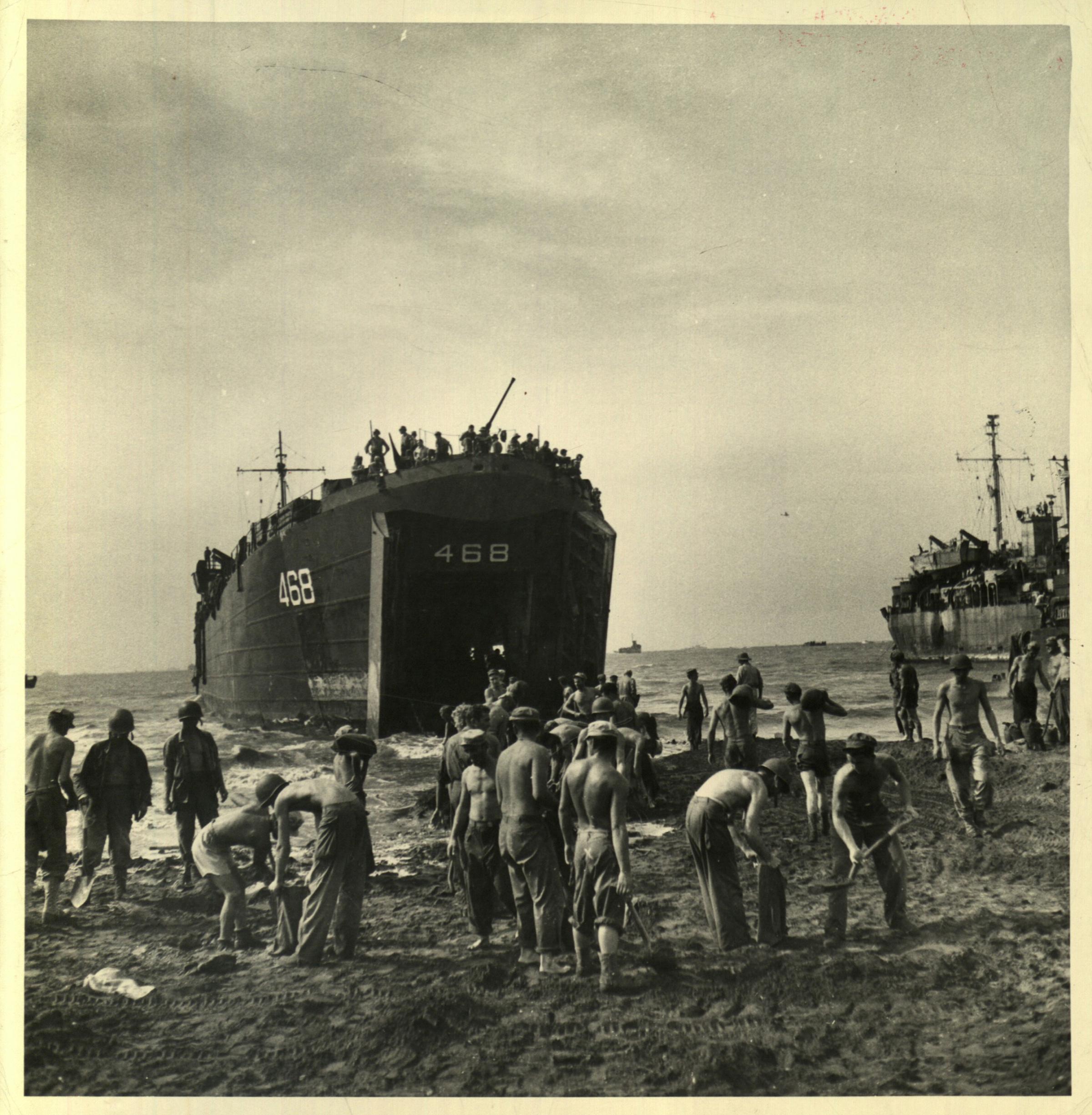
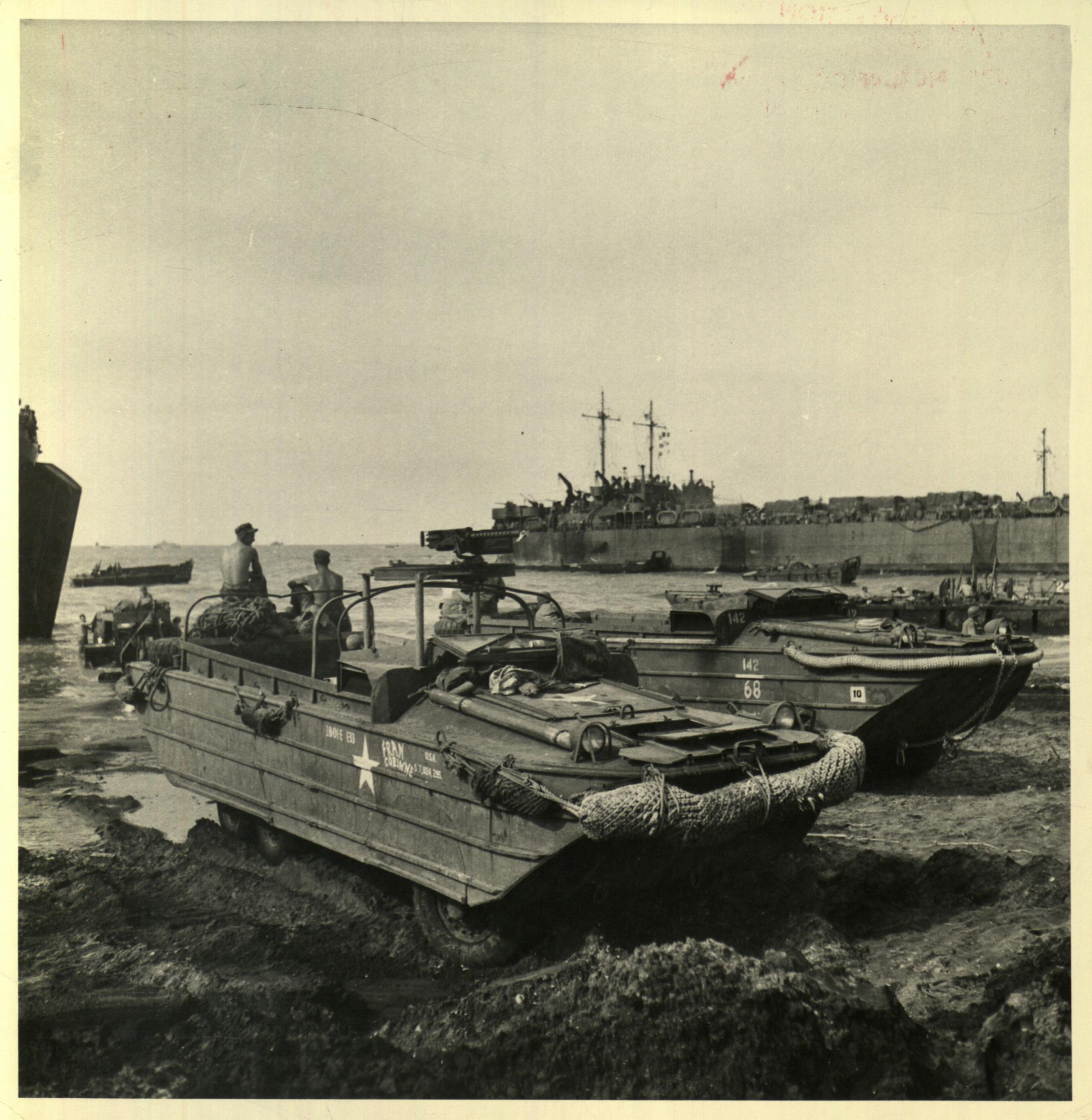
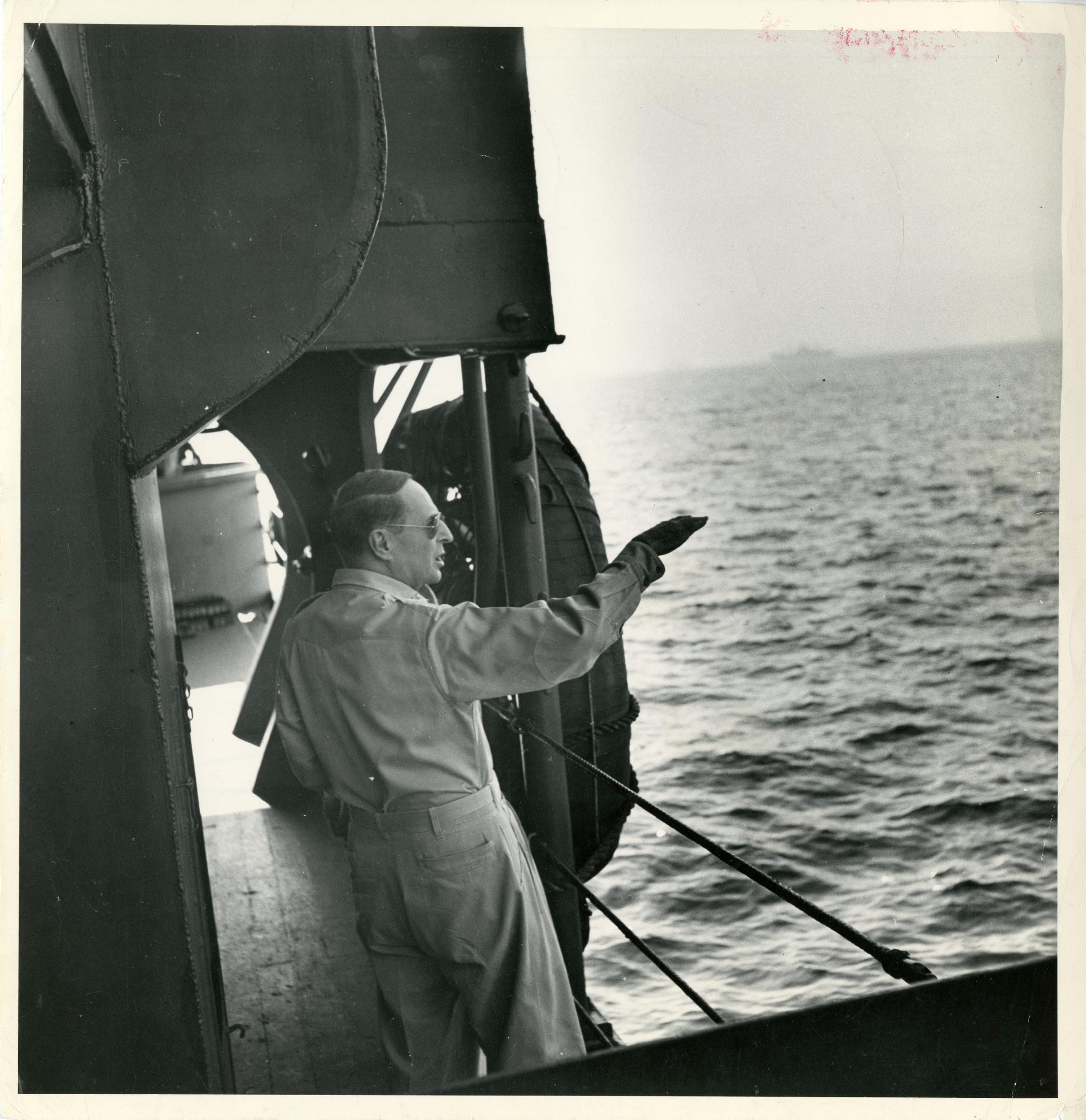
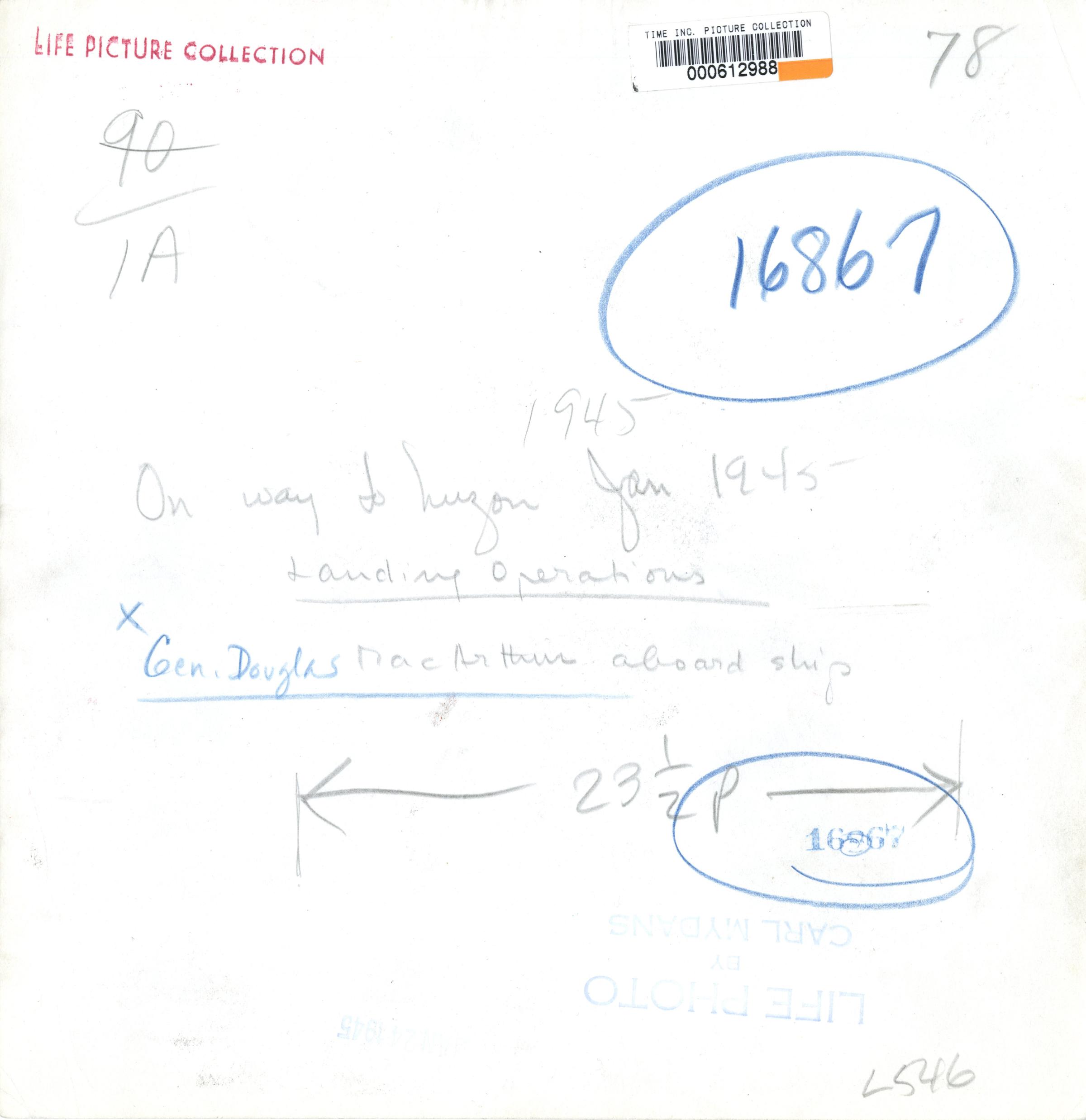
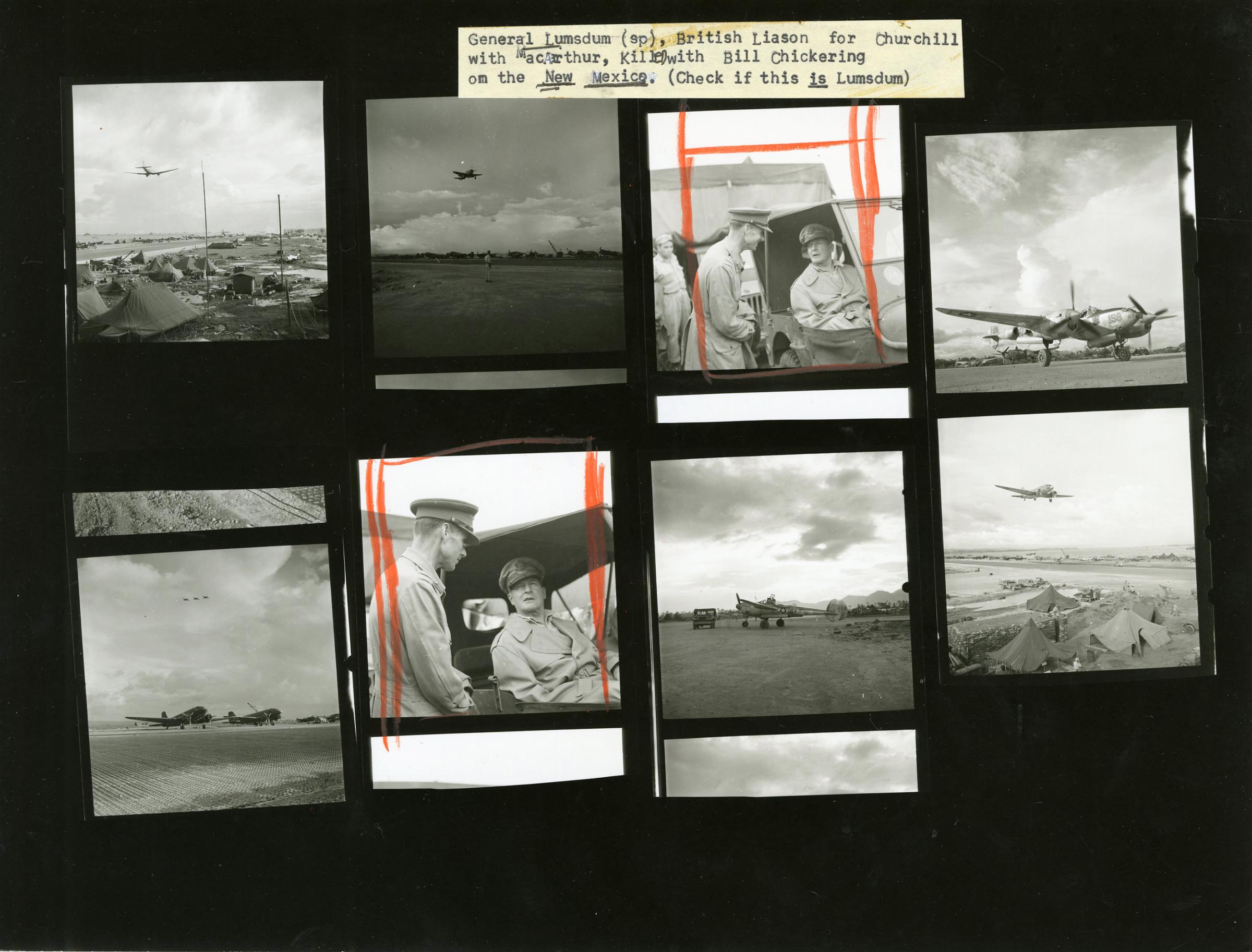
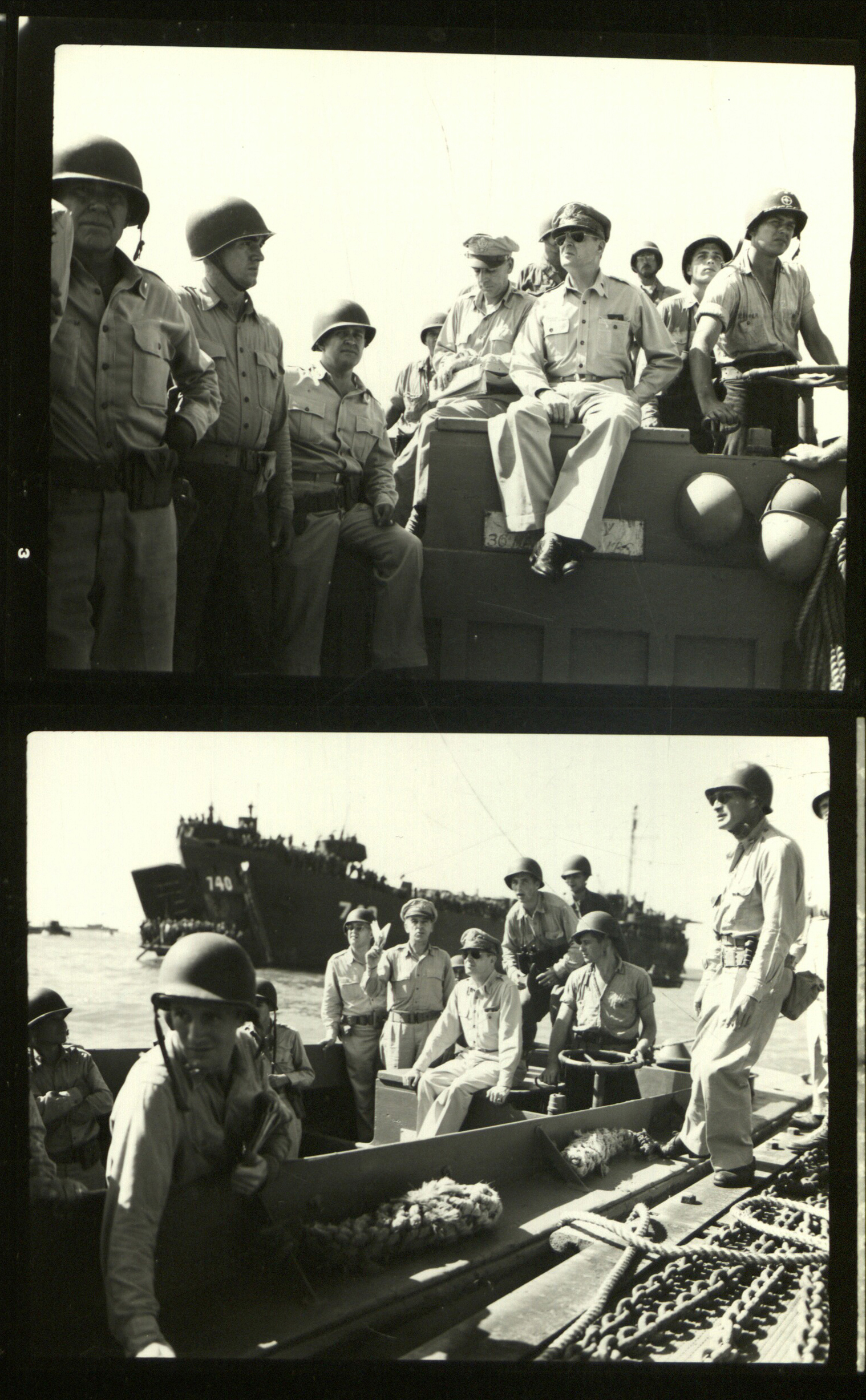
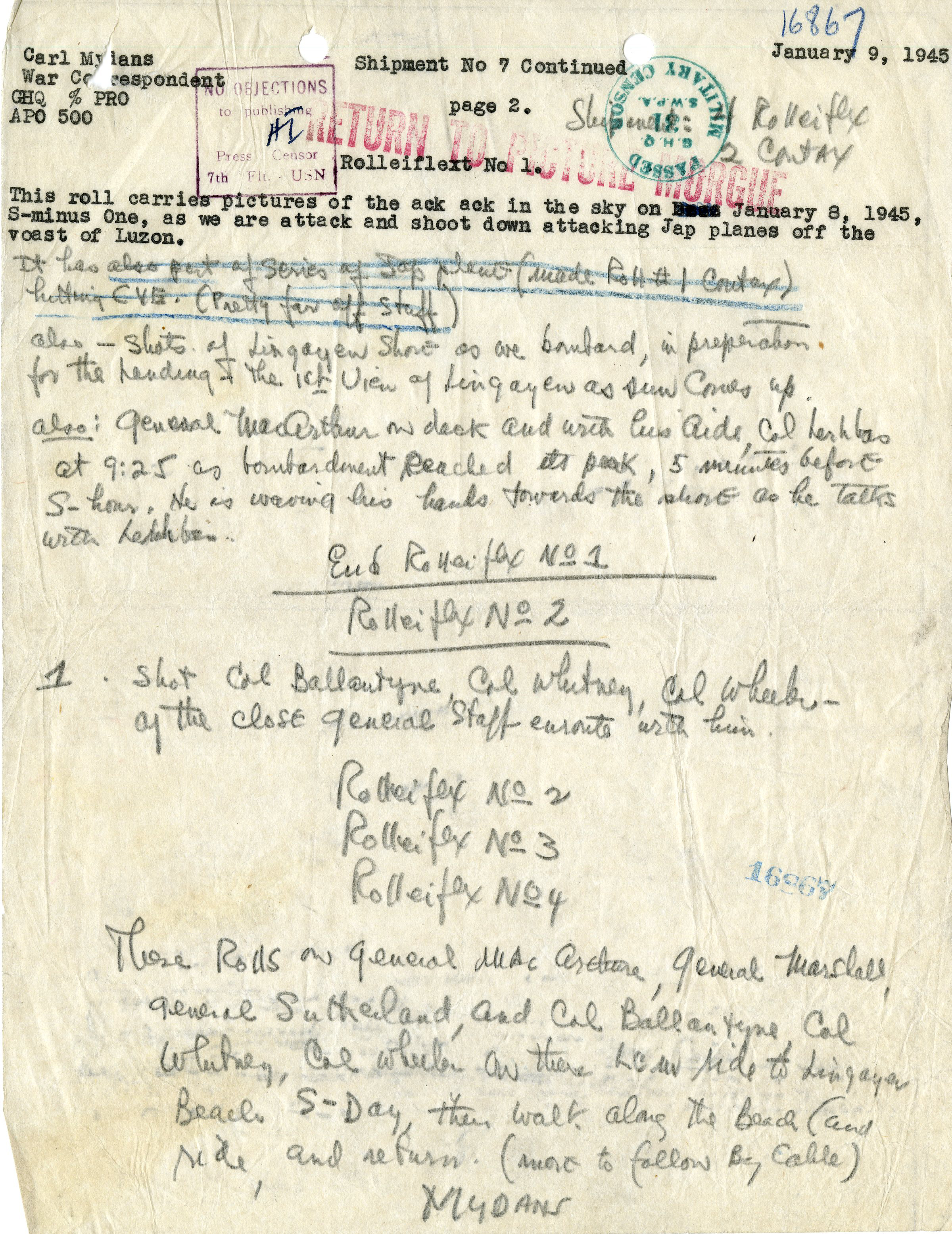

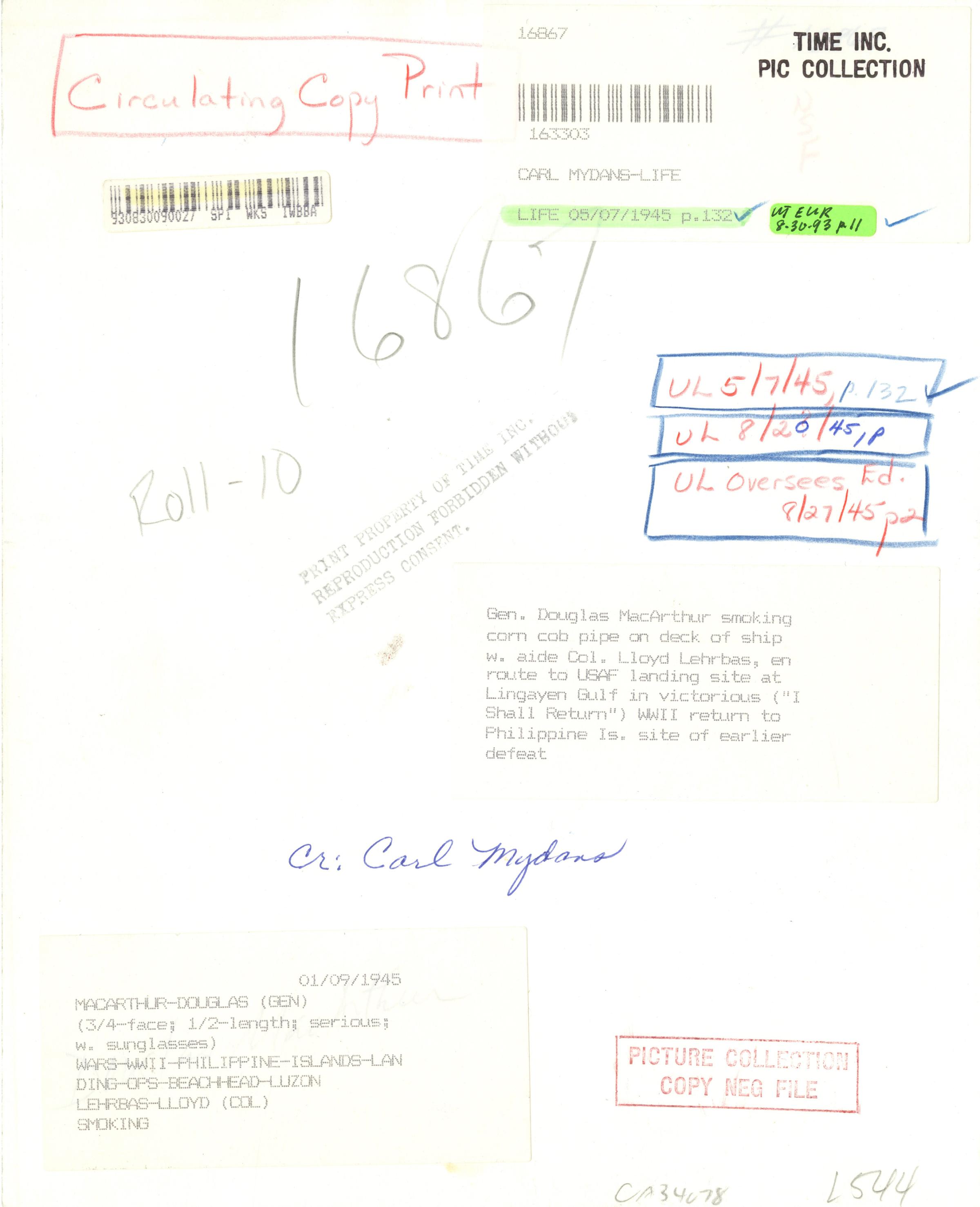

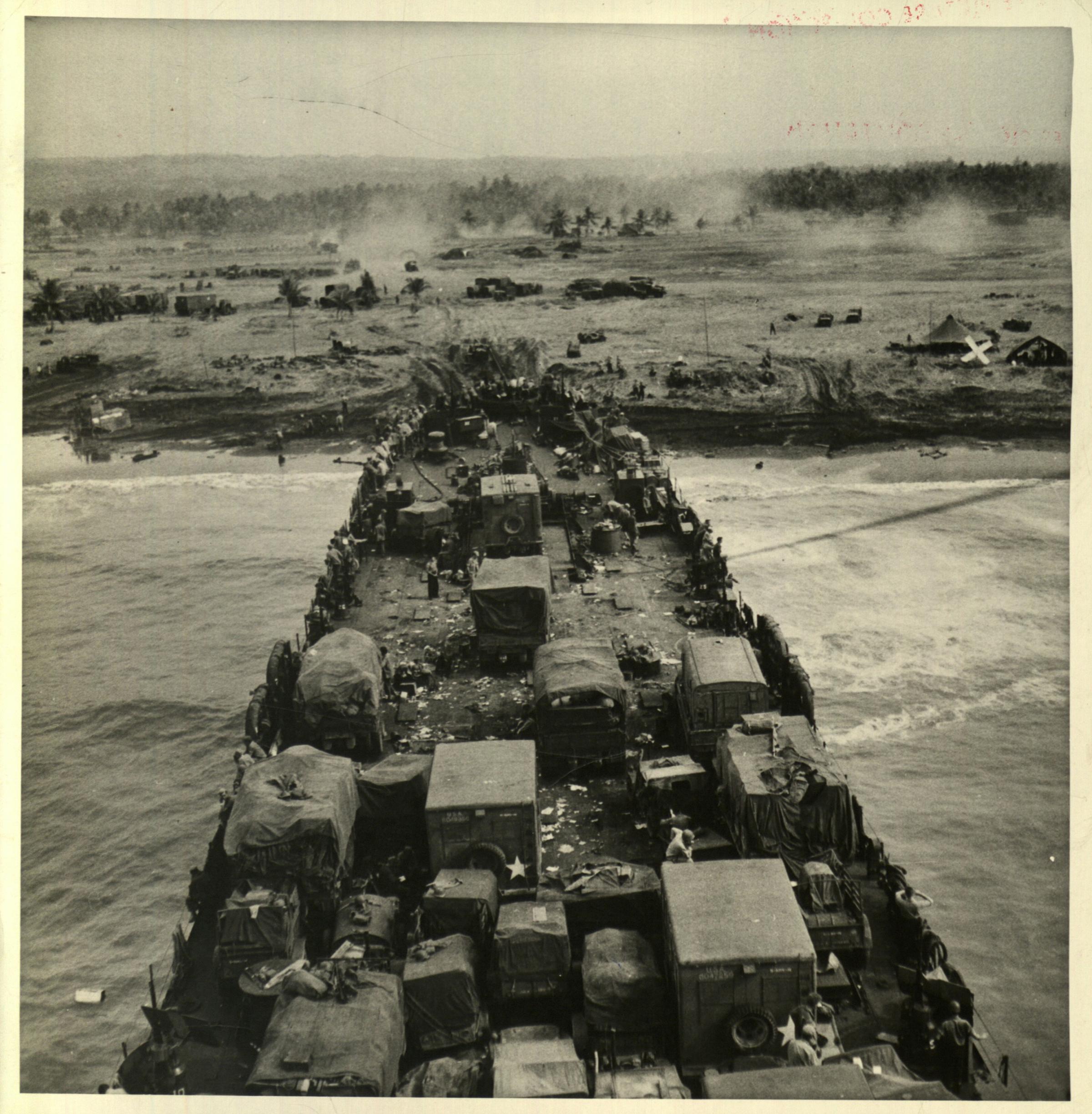
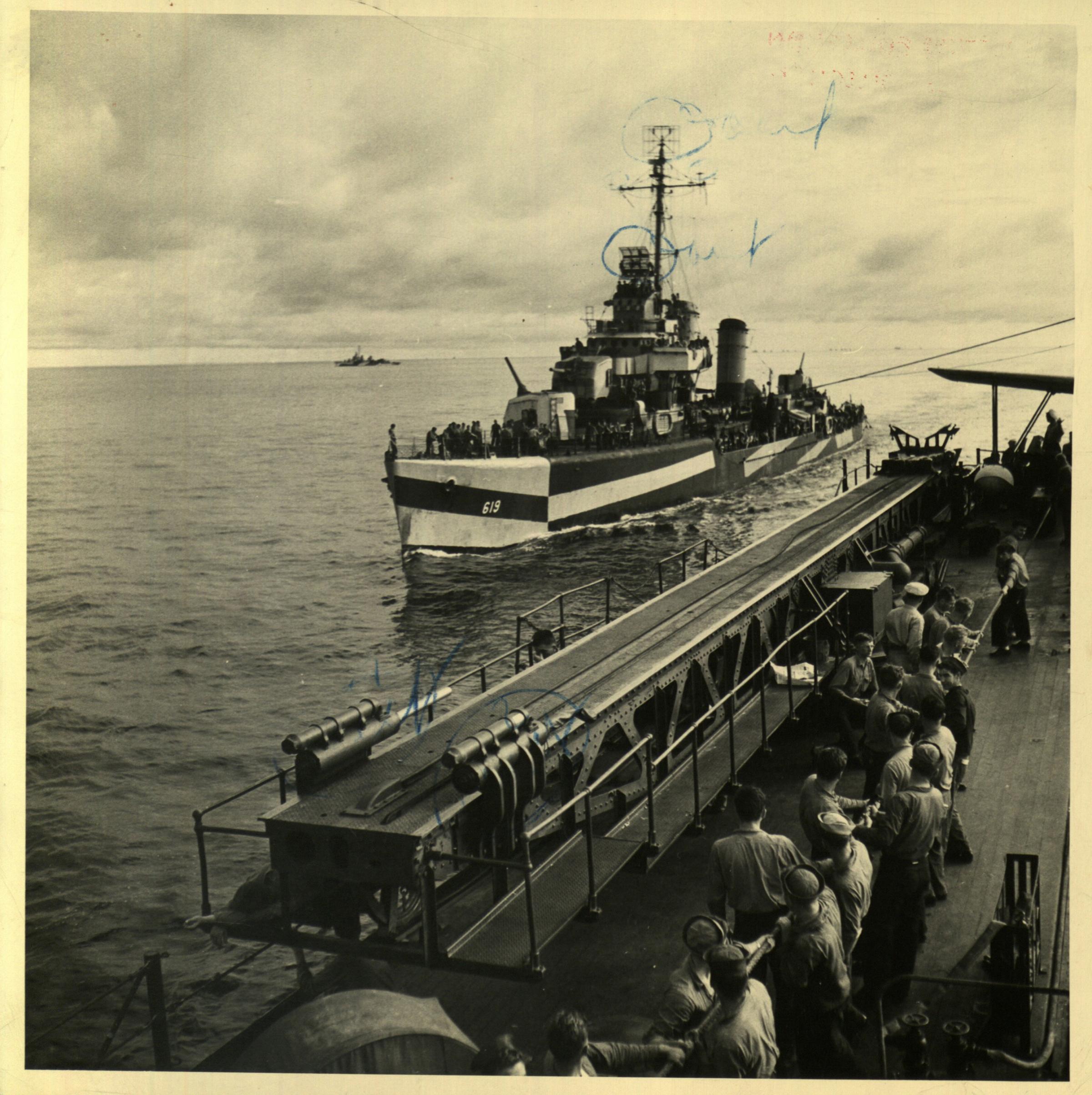
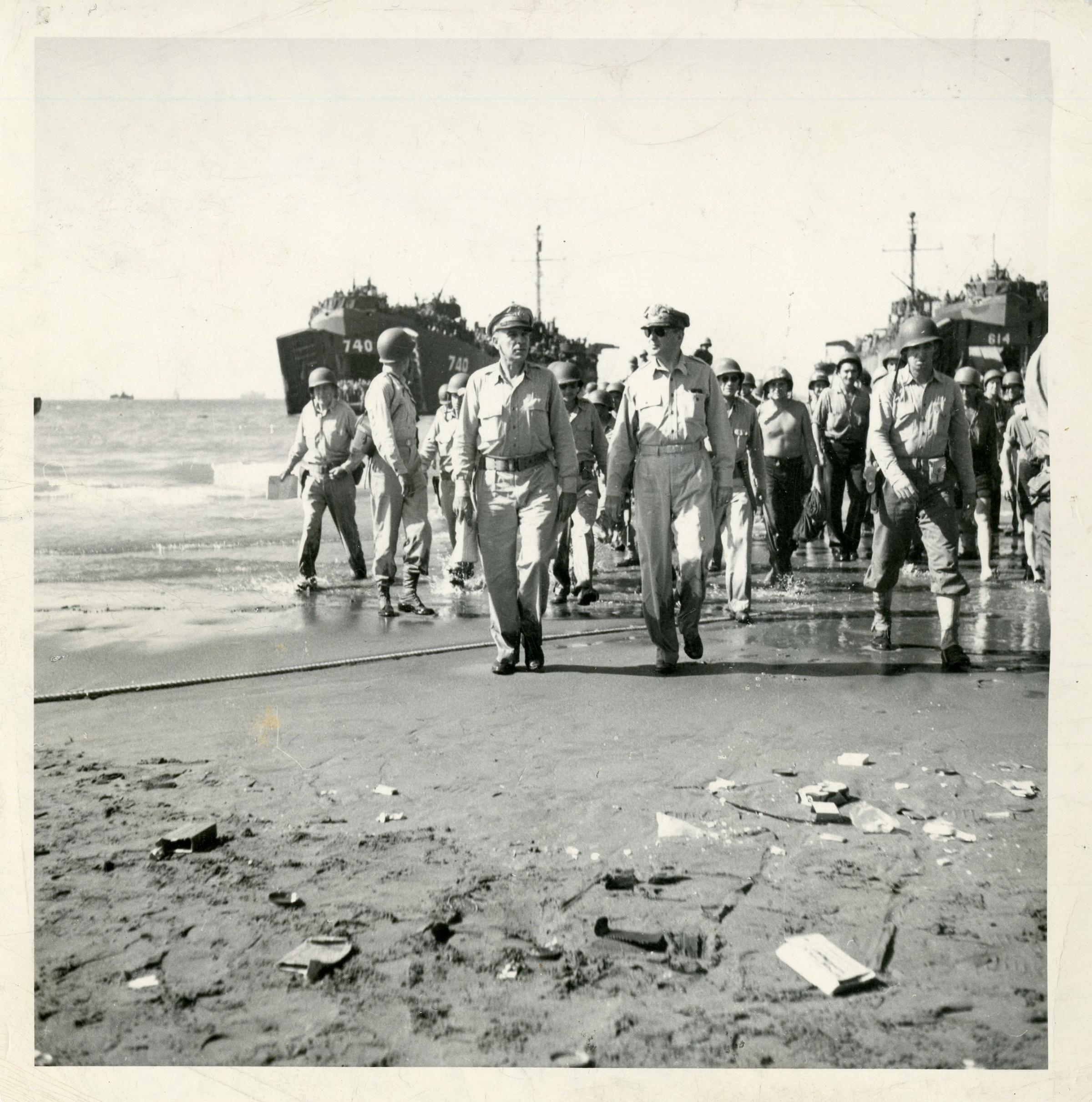



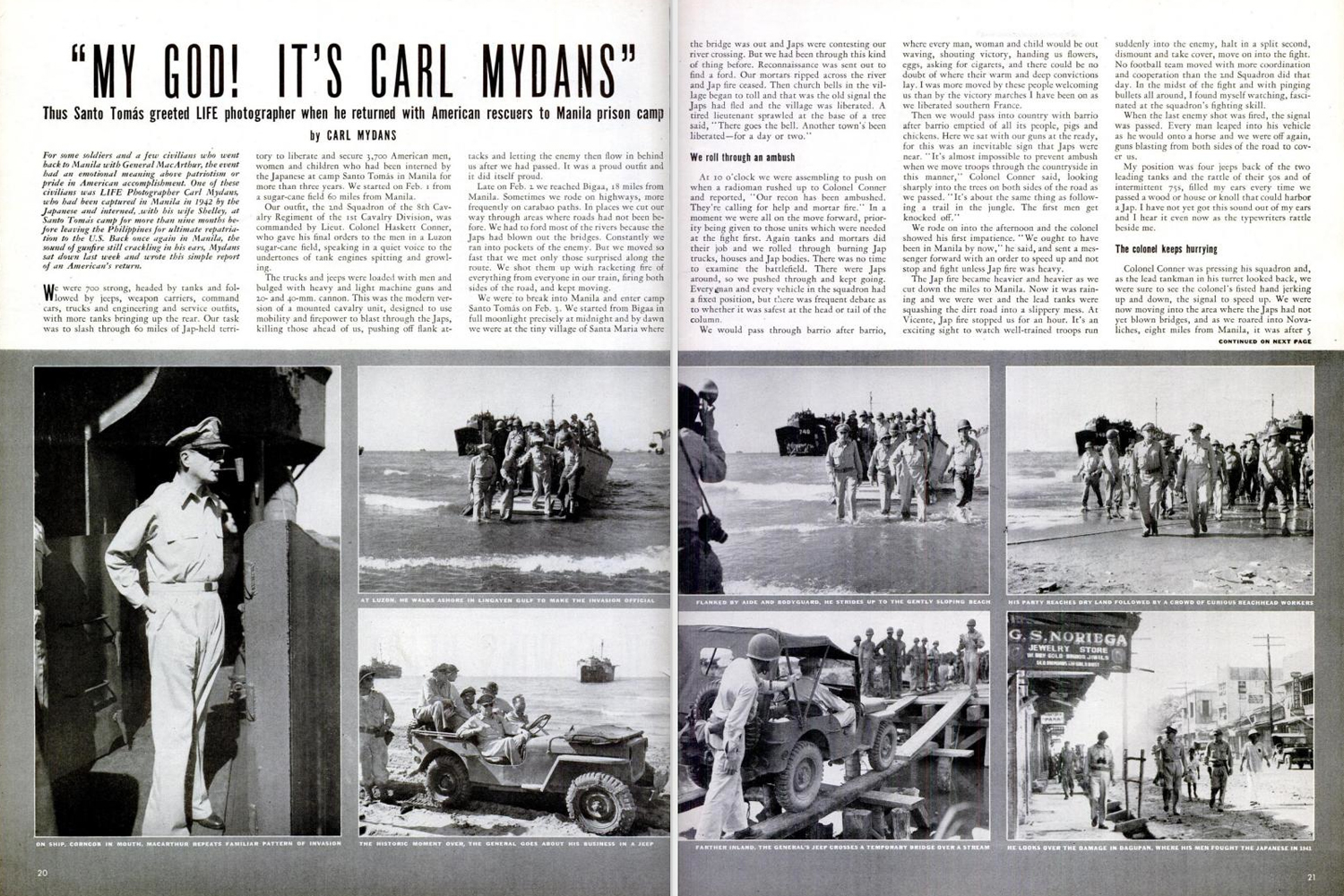
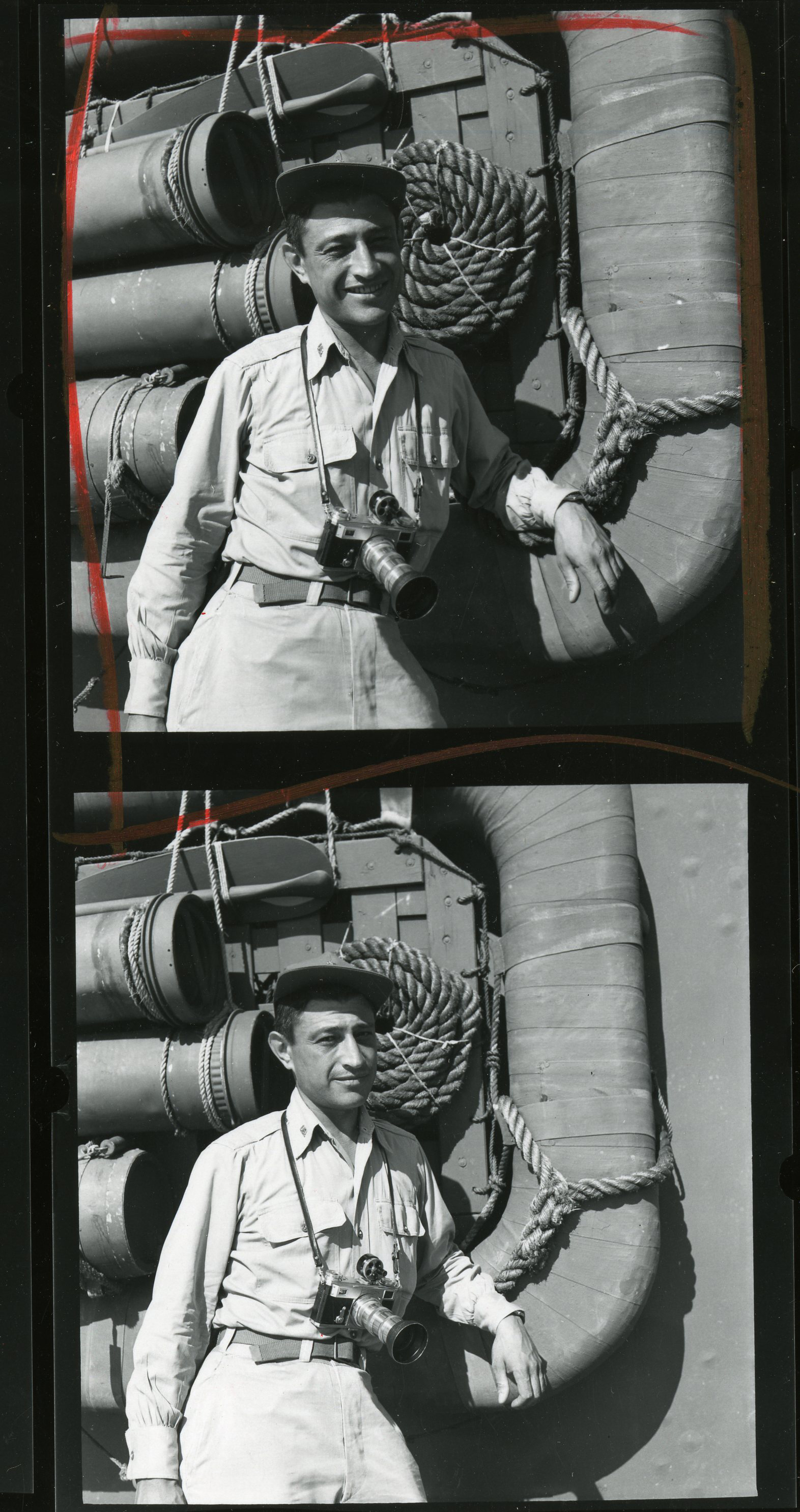
More Must-Reads from TIME
- How Donald Trump Won
- The Best Inventions of 2024
- Why Sleep Is the Key to Living Longer
- Robert Zemeckis Just Wants to Move You
- How to Break 8 Toxic Communication Habits
- Nicola Coughlan Bet on Herself—And Won
- Why Vinegar Is So Good for You
- Meet TIME's Newest Class of Next Generation Leaders
Contact us at letters@time.com